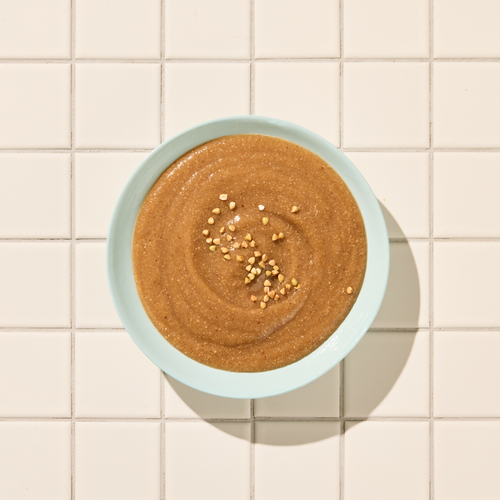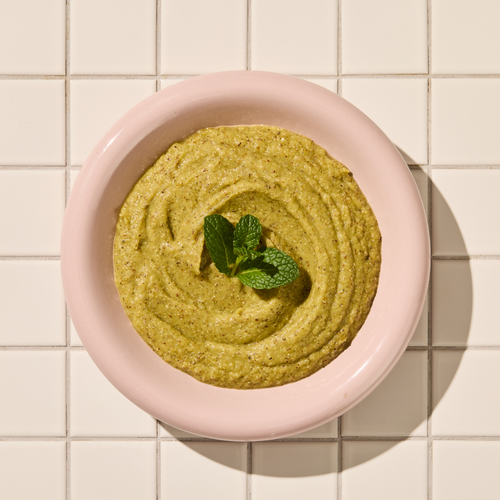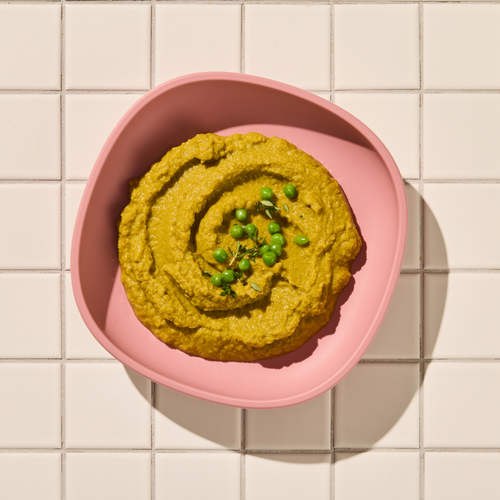Written by: Jessica Kurosaki, Le Puree In-House Dietitian
Toddler milks are a hot topic, often causing confusion for parents. Are they truly necessary, or just another marketing ploy? At Le Puree, we’re here to unpack the facts and explain the role toddler milks play in your child’s diet.
What Are Toddler Milks?
Toddler milks are marketed as ‘Stage 3’ or even ‘Stage 4’ formulas, designed for children over 12 months. While they look identical to Stage 1 (0–6 months) and Stage 2 (6–12 months) formulas, their purpose in nutrition is quite different.
- Stage 1 and 2 formulas: These are heavily regulated in Australia and serve as alternatives to breast milk in the first year. They’re packed with essential nutrients like vitamins, minerals, omega-3s, and antioxidants to replicate the benefits of breast milk.
- Stage 3 toddler milks: These products are marketed as the next step after Stage 2, but their necessity is widely questioned.
Do Toddlers Need Toddler Milk?
Once your child turns 12 months, their nutritional needs change. They can transition to cow’s milk and water, and formula (unlike breastmilk) is no longer necessary. This is why the World Health Organisation (WHO) does not support toddler milks as essential for children’s diets.
Toddler milks are often enriched with nutrients like vitamin D, iodine, and zinc, but these come from highly processed ingredients.
Cow’s Milk vs. Toddler Milk: The Facts 🥛
Cow’s Milk
- Nutrients: Rich in calcium, B vitamins, iodine, phosphorus, and potassium.
- Protein: Roughly double that of toddler milk.
- Ingredients: Just one—cow’s milk.
Toddler Milk
- Carbohydrates: Double the amount in cow’s milk.
- Sugars: 1.5x more than cow’s milk, and they’re added sugars.
- Calories: Approximately 4x higher than cow’s milk, with fewer nutritional benefits. And whilst we don’t count calories in children- we aim for calories to come from nutritious foods and a varied diet.
Why Toddler Milk Falls Short 😅
Sweetened and Addictive
Toddler milks are sweet, which can make them addictive. Children may demand more of these milks while refusing balanced meals, leading to poor dietary habits and fussy eating.
Hinders Skill Development
Toddler milks, often served in bottles, delay the transition to drinking from cups. This can slow the development of essential swallowing and chewing skills, which are vital for lifelong healthy eating habits.
The Cost of Toddler Milk 💰
Toddler milks are expensive—about 4x the cost of cow’s milk per serve. In today’s climate of rising living costs, choosing cow’s milk is a more budget-friendly and nutritionally sound option for most families.
Important Considerations
While most children can meet their nutritional needs through a varied diet, some may require alternatives due to medical or personal reasons. Always consult your healthcare practitioner to determine the best options for your child.
For more information on infant and toddler nutrition, check out the Infant Nutrition Council Statement.
























